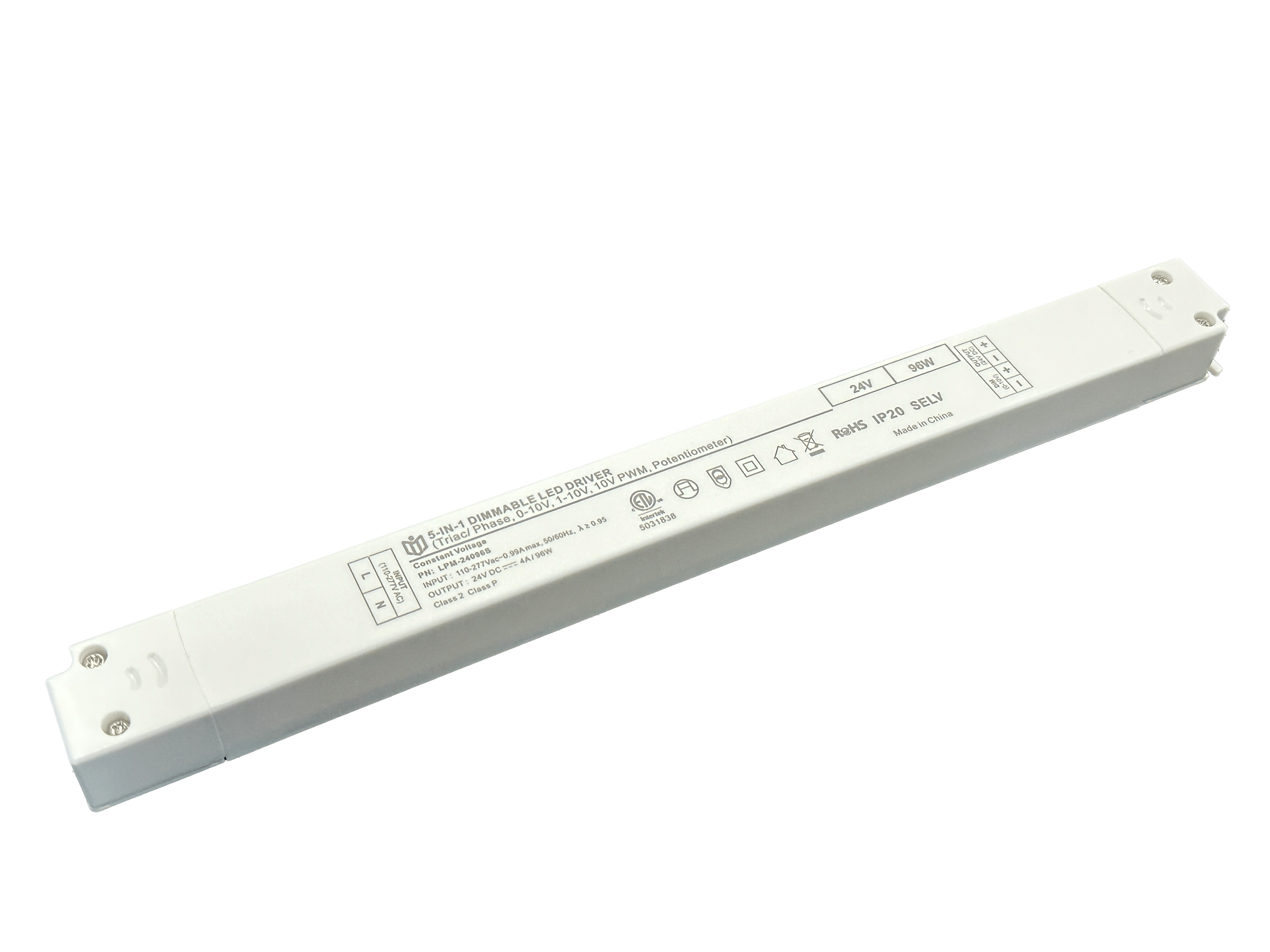Deconstructing Industry Norms: Why High-End Projects Favor 0-10V Protocol

The Evolutionary Leap in Lighting Control Systems
For decades, analog switching remained the default solution for commercial lighting management. However, discerning architects now recognize fundamental limitations inherent in PWM or DALI protocols when deployed across expansive venues like yacht interiors or museum galleries. Enter stage left: the elegant simplicity of 0-10V DC signaling – not merely another option but increasingly the gold standard where performance cannot compromise.
Precision Engineering at Its Finest
At its core lies an uncomplicated principle: varying voltage levels (0V=off to 10V=full brightness) create linear intensity adjustments without electromagnetic interference. This analog approach eliminates digital noise pollution that plagues bus-based systems, ensuring surgical accuracy even when controlling hundreds of fixtures simultaneously. Marine applications particularly benefit from its EMI resistance near sensitive navigation equipment.
Unmatched Scalability for Grand Designs
Consider a superyacht spanning five decks with tiered ambient layers – reading lights requiring 3% output beside spotlights demanding 97% intensity. Unlike segmented PWM tiers causing visible flicker during transitions, true continuous dimming via 0-10V maintains visual harmony across entire spaces. The protocol's analog nature allows parallel connection of infinite devices on a single pair of wires – no complex addressing required.
Signal Fidelity Over Long Runs
Critical advantage emerges in large-scale deployments. Where digital signals degrade beyond 30 meters due to capacitive coupling effects, properly shielded 0-10V circuits transmit pristine commands up to 1 kilometer. Luxury hotels implementing perimeter cove lighting suddenly gain reliable control over entire facades without repeaters marring clean ceiling lines. Similarly, airport terminal concourses achieve uniform illumination gradients impossible with packetized data approaches.
Color Consistency Across Fixture Families
Premium projects demand seamless color rendering index (CRI>95) preservation across dimmed states. Competing technologies often exhibit hue shifting when reducing power levels below 40%, yet 0-10V maintains perfect spectral balance by directly manipulating driver inputs. Art galleries curating priceless masterpieces thus avoid subtle value judgments conveyed through unintentional tinting at lower brightness settings.
Integration Elegance with BMS Ecosystems
Building management systems encounter fewer collision points when interfacing with analog controls. HVAC synchronization becomes intuitive – occupancy sensors triggering gradual ramp-ups prevent thermal shock while maintaining predetermined light curves. Solar harvest prediction algorithms feed directly into voltage setpoints rather than wrestling with conversion gateways common in hybrid networks.
Future-Proof Investment Protection
As retrofit markets grow exponentially, existing 0-10V infrastructure accepts nextgen LED arrays without controller replacement. Retail flagship stores upgrading display cases simply swap bulbs rather than rewiring entire zones. Even emerging IoT gateways increasingly include native 0-10V adapters recognizing its enduring relevance amid transient wireless trends.
This silent revolution speaks volumes about professional preference shifts. When millisecond response times matter less than imperceptible transitions, when artistic vision trumps protocol handshakes, and when bulletproof reliability outweighs novelty – the choice becomes clear. Not because it's new technology, but precisely because it understands timeless engineering truths: simplicity scales, analog endures, and quiet perfection defines luxury experiences.
 In heritage architecture prote
In heritage architecture prote
 When small-batch customization
When small-batch customization
 Have the electromagnetic emiss
Have the electromagnetic emiss
 When Triac dimmable power supp
When Triac dimmable power supp
